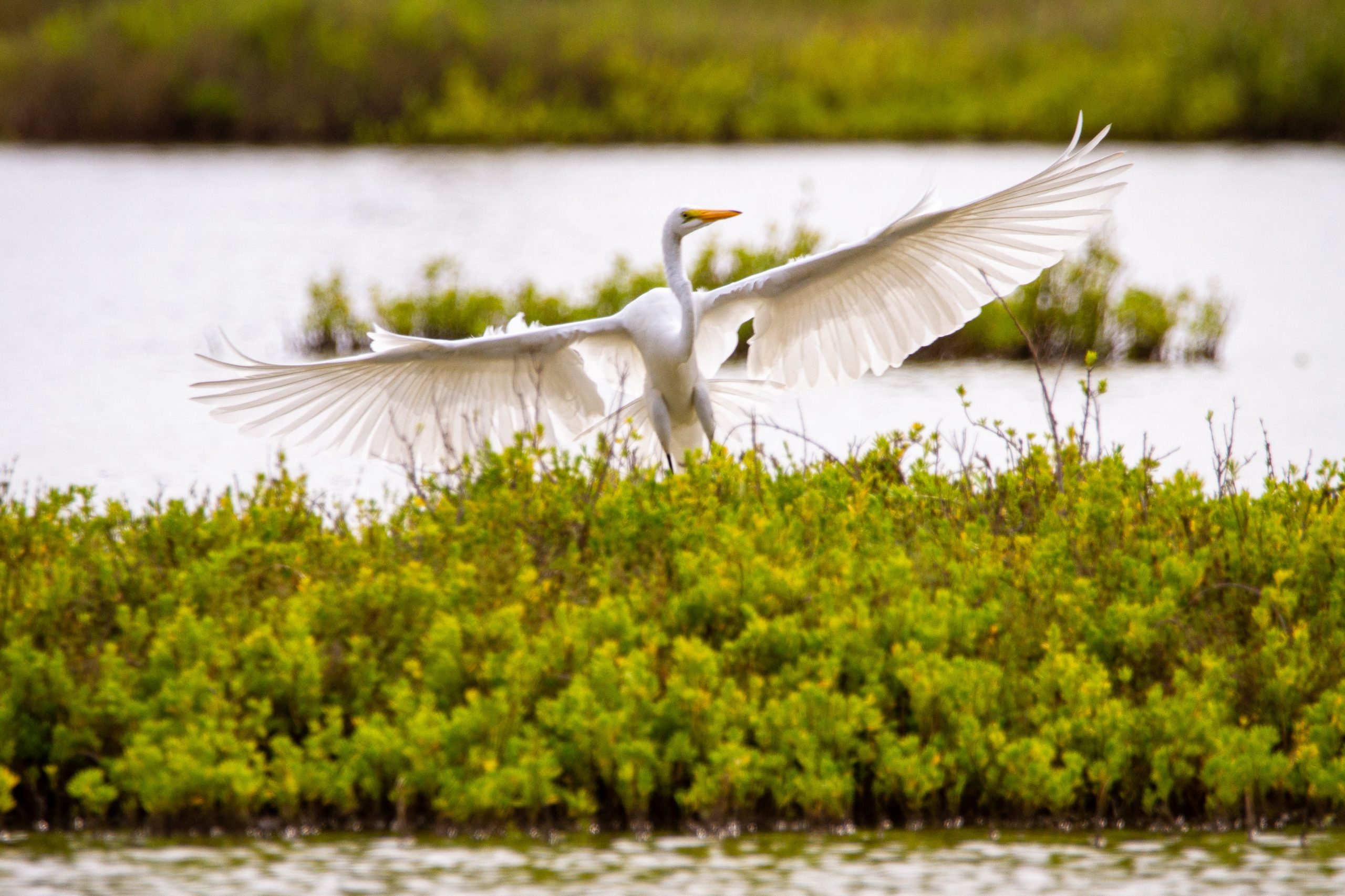As the world’s population continues to grow, the water demand will only increase. It is estimated that by 2025, over 1.8 billion people will live in areas where water is scarce. This number is only expected to increase as the world’s population grows and expands into new areas. To combat this looming crisis, we all must do our part to conserve water. Here are five tips for reducing your water usage in agriculture:
1. Use Drip Irrigation Systems
This system is a water-saving method for watering your plants. Drip irrigation systems allow you to target specific plants and deliver the exact amount of water they need. This reduces evaporation and runoff, so you can be sure that your plants get the hydration they need without wasting any water.
Through a system of valves, emitters, pipes, and tubing, drip irrigation allows water to slowly drop to the roots of plants, either directly onto the soil surface or into the root zone, saving water and nutrients. It is considered the most efficient irrigation method as it reduces evaporation and runoff and delivers water and nutrients directly to the roots of plants with little to no waste. Drip irrigation systems can be used in a variety of agricultural applications, including row crops, vegetables, fruits, trees, shrubs, and nursery stock. They are also an excellent choice for landscape irrigation. There are many benefits to using drip irrigation systems in agriculture, including reduced water usage, reduced labor costs, improved crop yields, and less soil erosion. Drip irrigation systems are an excellent way to reduce water usage in agriculture and promote sustainability.
2. Mulch Your Soil
Mulching your soil helps it retain moisture, so plants need less watering. You can use many different types of mulch, such as straw, wood chips, or leaves. You can even make your own mulch by composting your kitchen scraps!
Mulch is an important tool in water conservation for agriculture. By adding a layer of mulch to the soil, evaporation is reduced, and the amount of water available to crops is increased. Even a thin layer of mulch can significantly impact water usage; in some cases, mulching has been shown to reduce irrigation needs by up to 50%. In addition to reducing evaporation, mulch helps control weed growth and prevent soil erosion. As a result, mulching is an effective and environmentally friendly way to reduce water usage in agriculture.
3. Plant During The Cooler Months
Planting during the cooler months reduces evaporation and makes it easier for your plants to thrive. This is because there is less heat stress on your plants during cooler weather. As a result, they will need less water to stay healthy.
As the climate continues to warm, water usage in agriculture is expected to increase. One way to reduce water usage is to plant during the cooler months. Cooler temperatures mean plants will lose less water through evaporation, which means they will need less water overall. In addition, cooler weather also means that soils will be moister, making it easier for plants to take up water. As a result, planting during the cooler months can help reduce our water usage and protect our precious resources.
4. Group Plants Together
Grouping plants together helps them shade each other and retain moisture better. This trick is especially useful for desert climates where rainfall is scarce. By grouping plants together, you can reduce the amount of watering they need while keeping them healthy and hydrated.
One of the most important things we can do to reduce our water usage in agriculture is to group plants together. When plants are grouped together, they create a microclimate that helps them to stay cooler in the summer and warmer in the winter. This microclimate also helps to reduce evaporation, meaning that less water is lost to the atmosphere. In addition, grouping plants together helps to protect them from wind and rain damage, which can also lead to water loss. By taking these simple steps, we can help to reduce our water usage without compromising the health of our plants.
5. Collect Rainwater
Collecting rainwater is an easy way to reduce your water usage while giving your plants a natural source of hydration. All you need is a rain barrel or two to start collecting rainwater from your gutters. Then, you can use this water to irrigate your garden or lawn without municipal water!
One way to reduce our water usage in agriculture is to collect rainwater. This can be done by using a system of gutters and pipes to channel rainwater from your roof into a storage tank. The stored water can then be used for irrigation or other agricultural needs. In addition to reducing your water usage, collecting rainwater can also help conserve water resources and reduce your environmental impact. When rain falls on your property, it eventually flows into storm drains and waterways. By collecting rainwater, you can help to reduce this pollution and conserve our valuable water resources.
One of the most important things we can do to reduce our water usage is to be more efficient in our agricultural practices. Agriculture is currently the largest consumer of water, accounting for approximately 80% of all water used in the United States. As our population grows, we must find ways to produce more food with less water. There are a number of ways to achieve this goal, including using drought-resistant crops, investing in irrigation systems that use less water, and carefully managing soil health so it can hold more water. By making smart choices about how we use water in agriculture, we can ensure a bright future for both our farmers and our planet.
Reducing your water usage doesn’t have to be difficult! By following these simple tips, you can make a big difference in the water you use on your farm or ranch. Do your part to conserve this precious resource so we can ensure enough water for everyone – now and in the future!…



